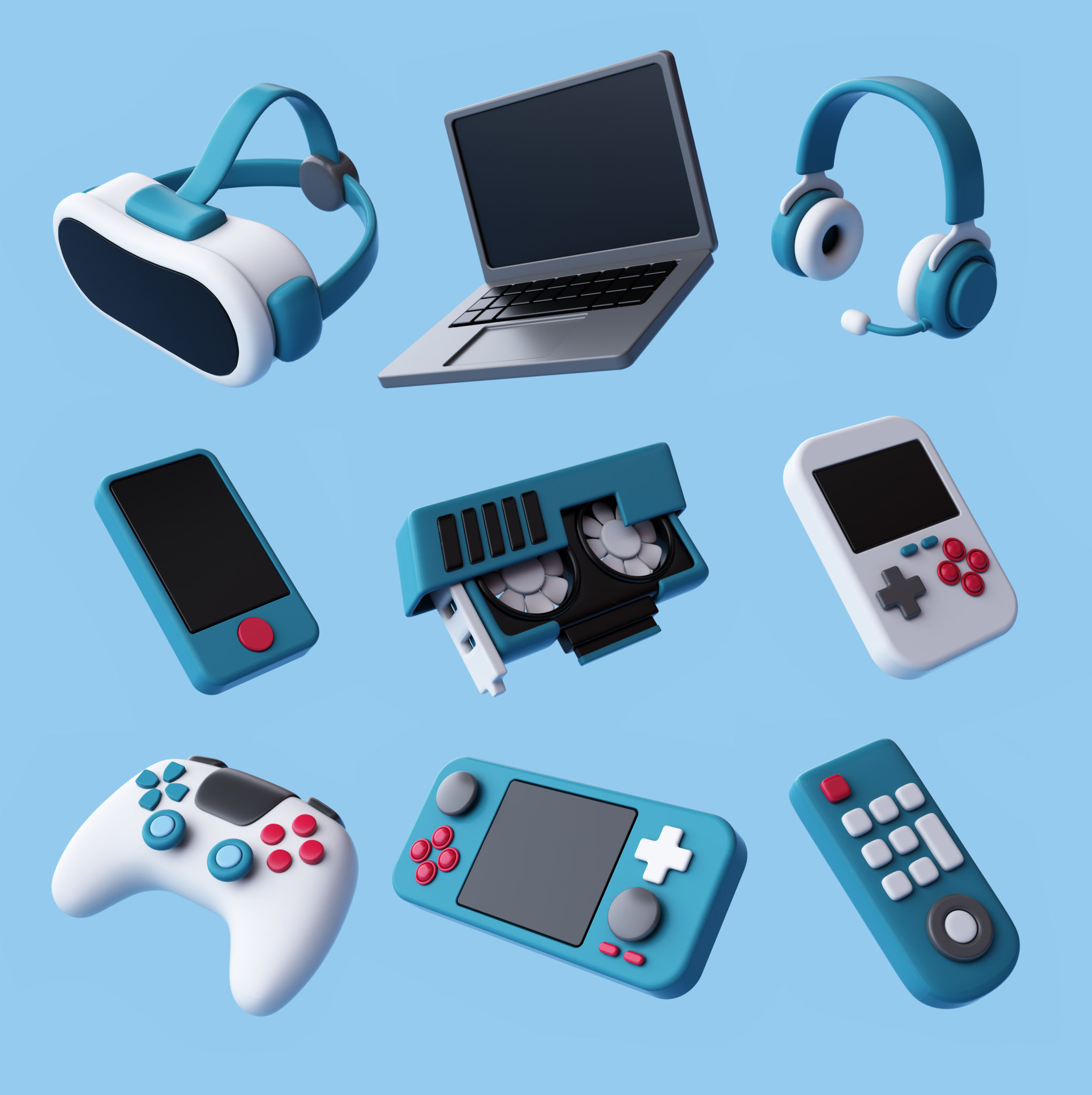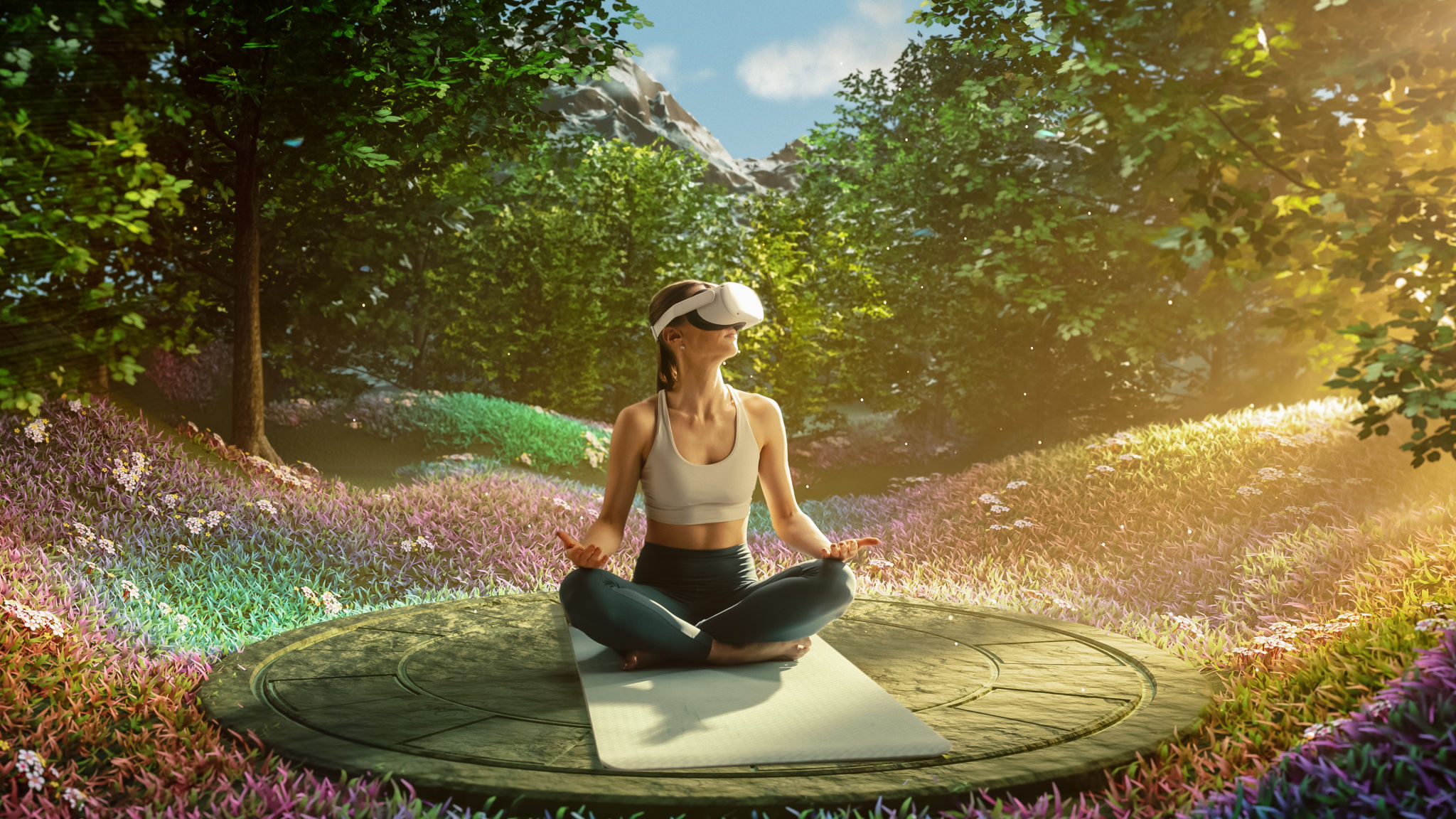A Comprehensive Guide to VR Game Development for Multi-Platform Systems
Introduction to VR Game Development
Virtual Reality (VR) gaming has revolutionized the way we experience digital entertainment. With its immersive environments and interactive experiences, VR offers a unique platform for game developers. Creating VR games for multi-platform systems can be challenging but rewarding. This guide aims to provide an in-depth overview of the VR game development process, essential tools, and best practices for ensuring cross-platform compatibility.
To succeed in VR game development, it is crucial to understand the various platforms and devices available. Popular VR platforms include Oculus, HTC Vive, and PlayStation VR, each with its own set of specifications and requirements. By designing with multiple platforms in mind, developers can reach a broader audience and maximize the potential of their games.

Choosing the Right Development Tools
One of the first steps in VR game development is selecting the right tools. The choice of development tools can significantly impact the quality and performance of your game. Here are some popular options:
- Unity: Known for its versatility, Unity is a popular choice for VR game development. It offers a wide range of features and is compatible with most VR devices.
- Unreal Engine: Renowned for its high-quality graphics, Unreal Engine is ideal for creating visually stunning VR games. Its robust toolset makes it a favorite among experienced developers.
- Blender: For 3D modeling and animation, Blender provides a comprehensive suite of tools that integrate well with both Unity and Unreal Engine.
Choosing the right engine depends on your team's expertise and the specific needs of your project. Consider factors like ease of use, support, community resources, and the types of games you wish to create.

Designing Immersive Experiences
Creating an immersive experience is the cornerstone of successful VR game development. Players should feel as though they are truly part of the game world. This involves careful attention to detail in both visual and auditory elements. Consider the following tips to enhance immersion:
- Realistic Environments: Use high-quality textures and lighting to create believable worlds.
- Intuitive Controls: Design controls that feel natural within the VR space to avoid breaking immersion.
- Sound Design: Implement spatial audio to create a more convincing and engaging soundscape.
By focusing on these elements, developers can craft experiences that captivate and engage players from start to finish.

Optimizing for Multi-Platform Systems
Developing for multiple platforms requires careful planning and optimization. Each platform has its own hardware limitations and capabilities, so it's essential to tailor your game accordingly. Here are some strategies for optimizing multi-platform VR games:
- Adaptive Graphics: Implement scalable graphics settings to ensure smooth performance across different devices.
- Cross-Platform Compatibility: Use standardized APIs and frameworks to facilitate seamless integration across platforms.
- Testing: Rigorously test your game on each platform to identify and resolve any issues before release.
By adhering to these practices, developers can ensure their games perform excellently no matter where they're played.
The Future of VR Game Development
The VR gaming industry continues to evolve rapidly, with new technologies and trends emerging regularly. Innovations such as wireless headsets, haptic feedback devices, and advanced motion tracking are setting new standards for what VR games can achieve. As these technologies become more accessible, the opportunities for creative and immersive game design will grow exponentially.
For developers looking to stay ahead in this dynamic field, staying informed about industry trends and continually refining skills are vital. By embracing new technologies and adapting to changing demands, developers can create groundbreaking experiences that push the boundaries of what's possible in virtual reality gaming.
